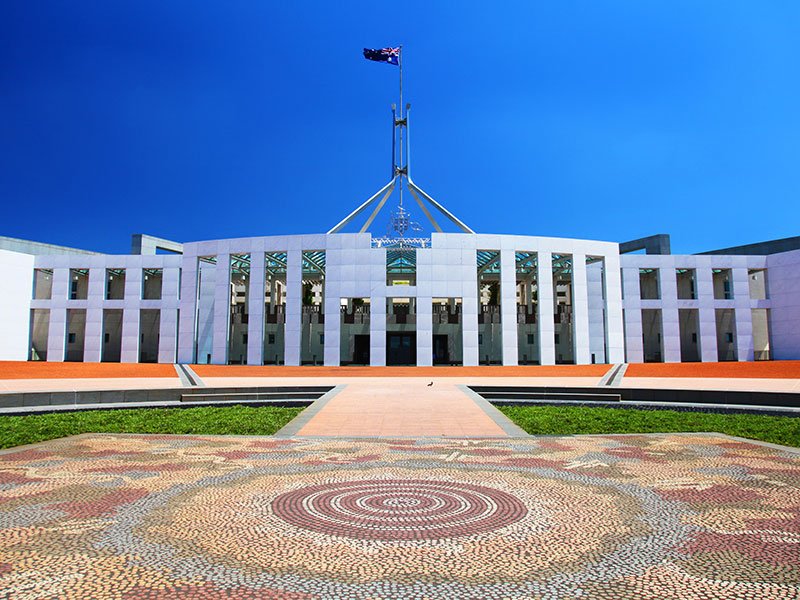The federal government has put the nation’s list of critical technologies under review less than a year after the first ever national interest industrial blueprint was published by former Prime Minister Scott Morrison.
Industry Minister Ed Husic has opened a six-week consultation to clarify which technologies the government considers vital for Australia’s interests today or have the potential to become critical to the national interest in the next decade.
The list will ultimately be used to help guide not only federal government funding support for research and development by Australian companies, but also public sector procurement decisions.
The critical technologies list would also be used to guide foreign investment decisions and even the potential imposition of export controls that would limit which countries would be allowed access to a particular advanced technology.

Businesses, researchers and the broader community are being encouraged to contribute feedback on the List of Critical Technologies in the National Interest, which was announced by the previous government in November last year.
The list covers 63 technologies across seven broad classifications, from advanced materials and manufacturing; AI and advanced computing; BioTech; Energy and the environment; Quantum; Sensing and timing; and transportation, robotics and space.
Mr Husic said it was vital for Australia’s ongoing prosperity that emerging technologies are identified, promoted and protected, given the potential of these future technologies to accelerate Australia’s productivity growth and create well-paying jobs.
This is in addition to their foundational role in national security and social cohesion, he said.
“We know the development of critical technologies present enormous potential opportunities as well as risks for Australians,” Minister Husic said.
“It is vital we understand and send a clear signal about what technologies we should be focusing on and where our strengths lie – and that is exactly what this consultation is all about.”
Mr Husic said that for Australia to reach its potential, it must identify and understand what our critical technologies are, where our strengths lie and to identify any capability gaps.
By identifying the technologies that are to play a vital role in our national industrial and scientific progress, the updated list would provide focus, and help to direct further discussions about investment and collaboration across the economy.
“This work is also part of our goal to reach 1.2 million tech jobs by 2030, as well as securing our supply chains and promoting Australia as a secure destination of excellence for investment, development and adoption of critical technologies,” Mr Husic said in a statement.
“The government is also investing $1 billion in critical technologies as part of the National Reconstruction Fund, to build our strategic capability and power the economic growth we need to create jobs.”
The consultation will close on 30 September 2022. You can access the consultation page here.
Do you know more? Contact James Riley via Email.

